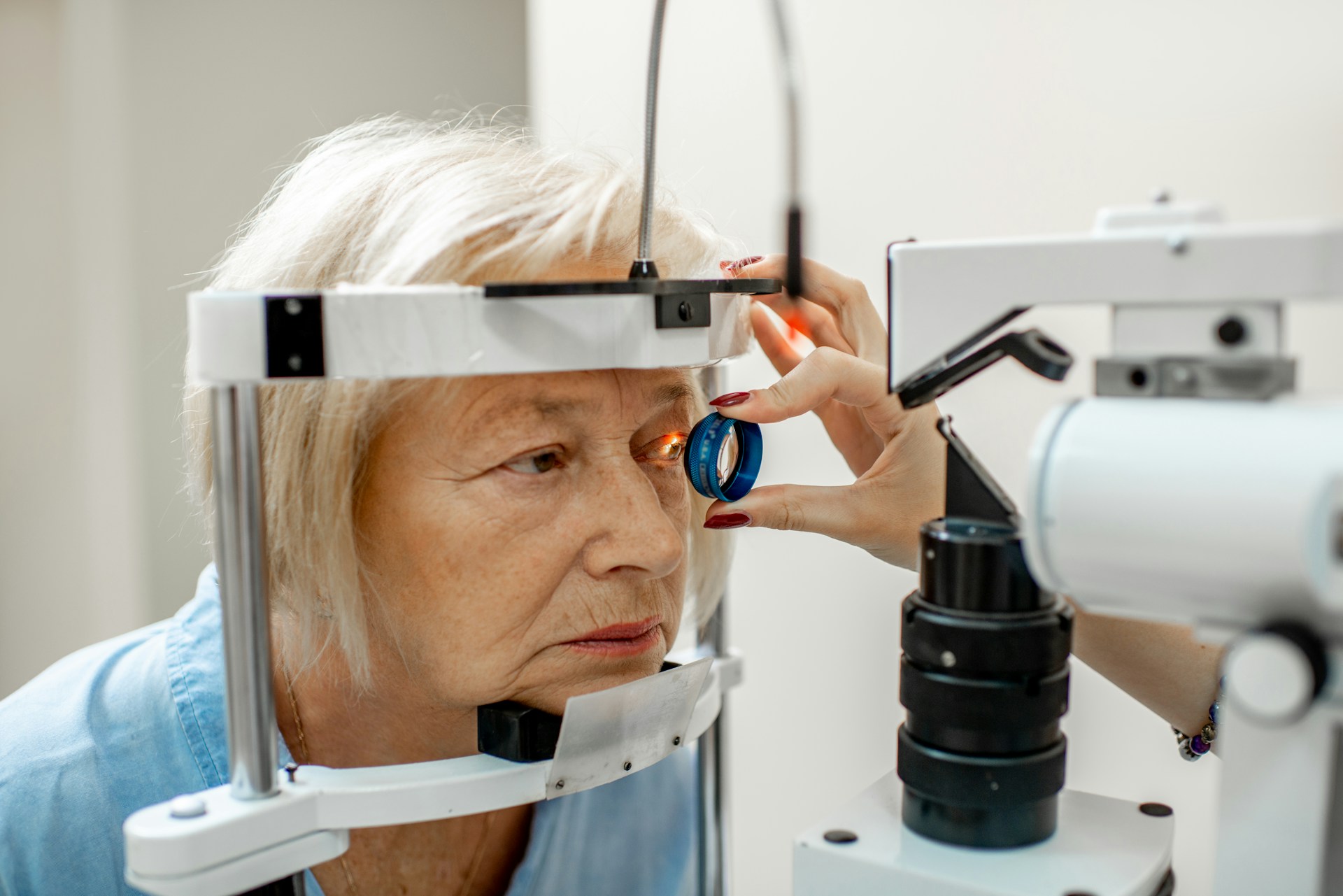
Cataracts are one of the most common age-related eye conditions, leading to cloudy or blurred vision that affects millions of people worldwide. For decades, traditional cataract surgery has been the trusted method of treatment, replacing the cloudy natural lens with a clear artificial lens. While this approach restores basic vision, it often leaves patients dependent on corrective lenses, such as glasses or contact lenses, for everyday tasks. Today, a modern alternative—refractive cataract surgery—offers a more advanced solution. This innovative technique not only removes cataracts but also corrects refractive errors such as nearsightedness, farsightedness, and astigmatism, giving patients a chance to enjoy sharper vision and greater independence.
A Modern Twist on Traditional Cataract Surgery
Traditional cataract surgery primarily focuses on removing the cloudy lens and implanting a standard intraocular lens, thereby restoring clarity, but rarely addresses underlying refractive issues. Refractive cataract surgery, however, takes a more comprehensive approach by incorporating advanced diagnostic technologies and customized intraocular lenses. Instead of simply clearing the cloudiness, this procedure also fine-tunes vision, aiming to minimize or even eliminate the need for corrective eyewear. Patients can benefit from premium lens options such as multifocal lenses that support both near and distance vision, toric lenses that address astigmatism, or accommodative lenses designed to adapt to various focal distances. This personalized approach transforms cataract surgery from a functional treatment into an opportunity for visual enhancement, offering results that are both restorative and corrective.
The Transformational Benefits of Refractive Cataract Surgery
The appeal of refractive cataract surgery lies in the wide-ranging benefits it provides. One of the most noticeable advantages is enhanced visual clarity. Patients often describe their post-surgery experience as seeing the world in high definition, with colors appearing brighter and details sharper. By correcting refractive errors and removing cataracts, the procedure delivers a quality of vision that surpasses what traditional surgery can achieve.
Another essential benefit is reduced dependence on glasses or contact lenses. Many individuals who undergo refractive cataract surgery enjoy the freedom of performing daily activities—such as driving, reading, or working on a computer—without constantly needing to reach for eyewear. This freedom contributes directly to an improved quality of life. Everyday experiences, from watching television to traveling or enjoying hobbies, become more fulfilling when vision is clear and reliable.
The results of refractive cataract surgery are also long-lasting. Since the natural lens affected by cataracts is permanently replaced with a durable artificial intraocular lens, the improvements in vision remain stable over time. With proper eye care and regular check-ups, many patients enjoy the benefits of this surgery for the rest of their lives, making it a long-term investment in visual health.
Identifying the Right Candidates for Surgery
Refractive cataract surgery is not suitable for every patient, but it is particularly beneficial for those who wish to correct both cataracts and refractive errors simultaneously. Typically, adults over the age of 50 who have developed cataracts and also experience nearsightedness, farsightedness, or astigmatism are ideal candidates for this procedure. The procedure is especially appealing to individuals with active lifestyles who wish to reduce or eliminate their dependence on glasses or contact lenses.
Before surgery, ophthalmologists perform thorough evaluations that include corneal measurements, retinal imaging, and detailed vision tests. These assessments enable surgeons to recommend the most suitable intraocular lens option tailored to the patient’s needs and goals. It is crucial for candidates to have realistic expectations;. At the same time, refractive cataract surgery can significantly improve vision, some patients may still require glasses for fine detail tasks such as reading very small print.
Recovery, Safety, and Long-Term Outlook
One of the reasons refractive cataract surgery has become increasingly popular is its safety and efficiency. Much like traditional cataract procedures, it is typically performed on an outpatient basis and requires only about 15 to 20 minutes per eye. Patients are usually awake during the surgery, though they are given local anesthesia to ensure comfort.
Recovery is generally quick, with many patients noticing improved vision within the first 24 to 48 hours. Full recovery may take a few weeks, during which eye drops are prescribed to prevent infection and reduce inflammation. Doctors usually schedule follow-up visits to monitor healing and ensure the eyes are adjusting well to the new lenses.
Although the procedure is considered safe, there are some potential risks, as with any surgery. Complications such as infection, inflammation, or halos around lights can occur, but these are relatively rare. Advances in laser-assisted cataract surgery have further minimized risks by increasing precision and consistency during the procedure. The vast majority of patients report excellent outcomes and express satisfaction with their results.
In terms of long-term outlook, the artificial lenses implanted during refractive cataract surgery are designed to last a lifetime. Once cataracts are removed, they do not return. Many patients find that their improved vision remains stable for years, allowing them to enjoy life with greater clarity and independence.
Embracing Clearer Vision with Confidence
Refractive cataract surgery represents an exciting advancement in the field of ophthalmology. By combining cataract removal with precise correction of refractive errors, it offers patients more than just restored sight—it provides sharper, brighter, and more reliable vision that enhances overall quality of life. From reducing dependence on glasses to enjoying long-term visual stability, the benefits are both immediate and enduring.
For individuals struggling with cataracts who also want freedom from corrective eyewear, this procedure offers a modern solution that addresses multiple vision concerns at once. Consulting with an experienced ophthalmologist is the first step toward understanding the available options and determining the best approach for individual needs.
Refractive cataract surgery is not just about restoring what has been lost; it is about unlocking the full potential of clearer vision and regaining the independence that comes with it. For many, it is the key to seeing the world more vividly and living life more fully.